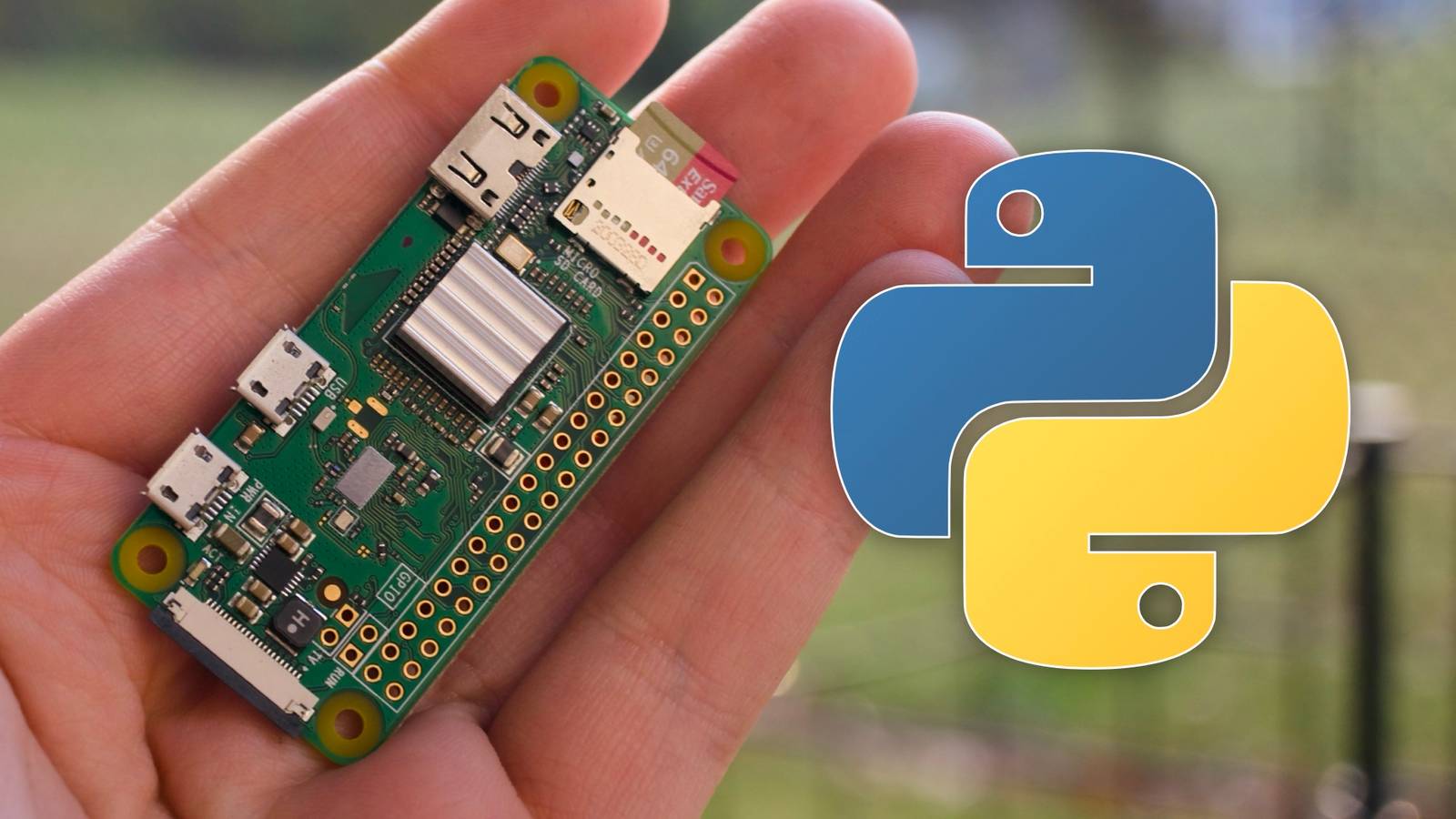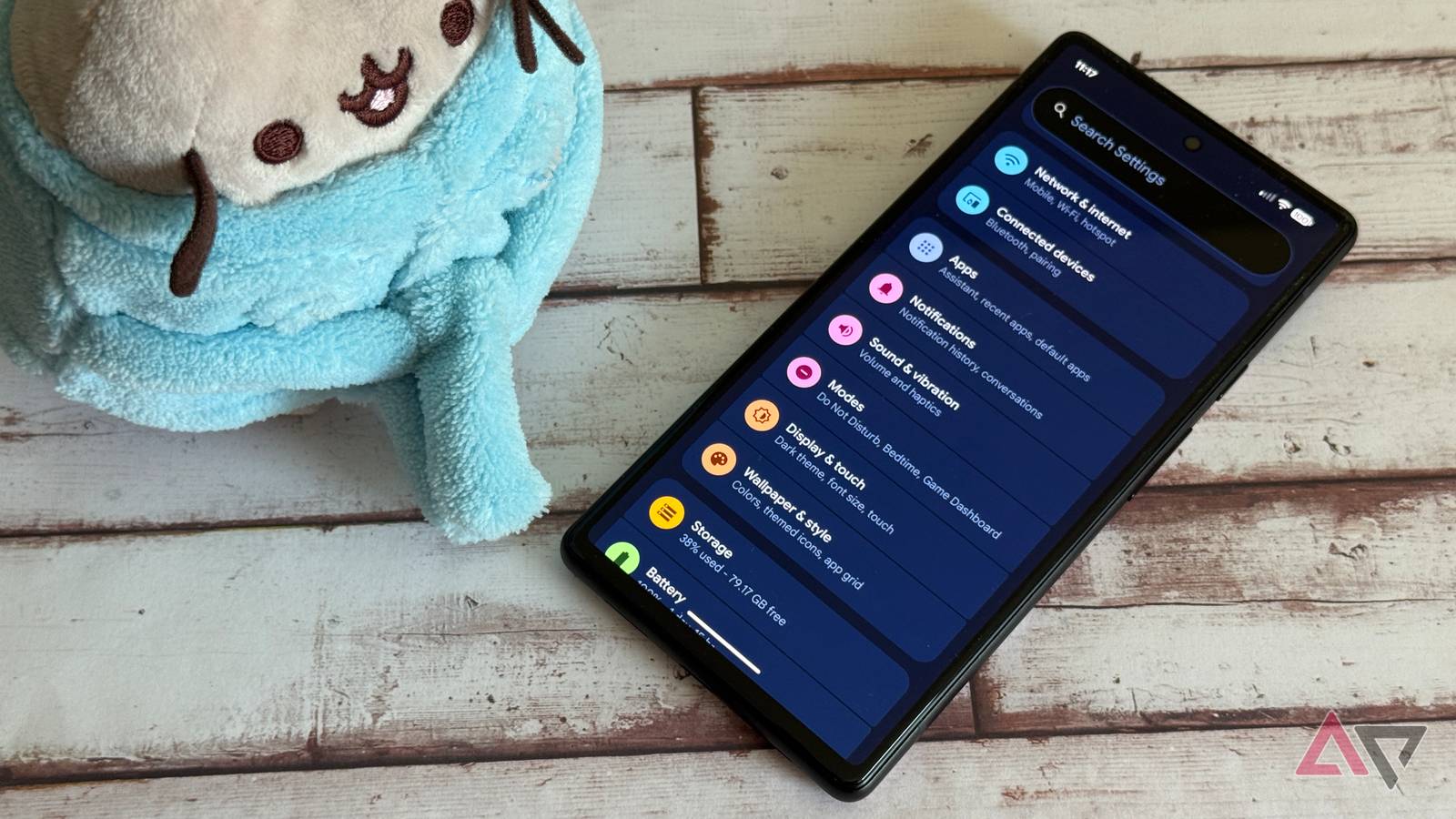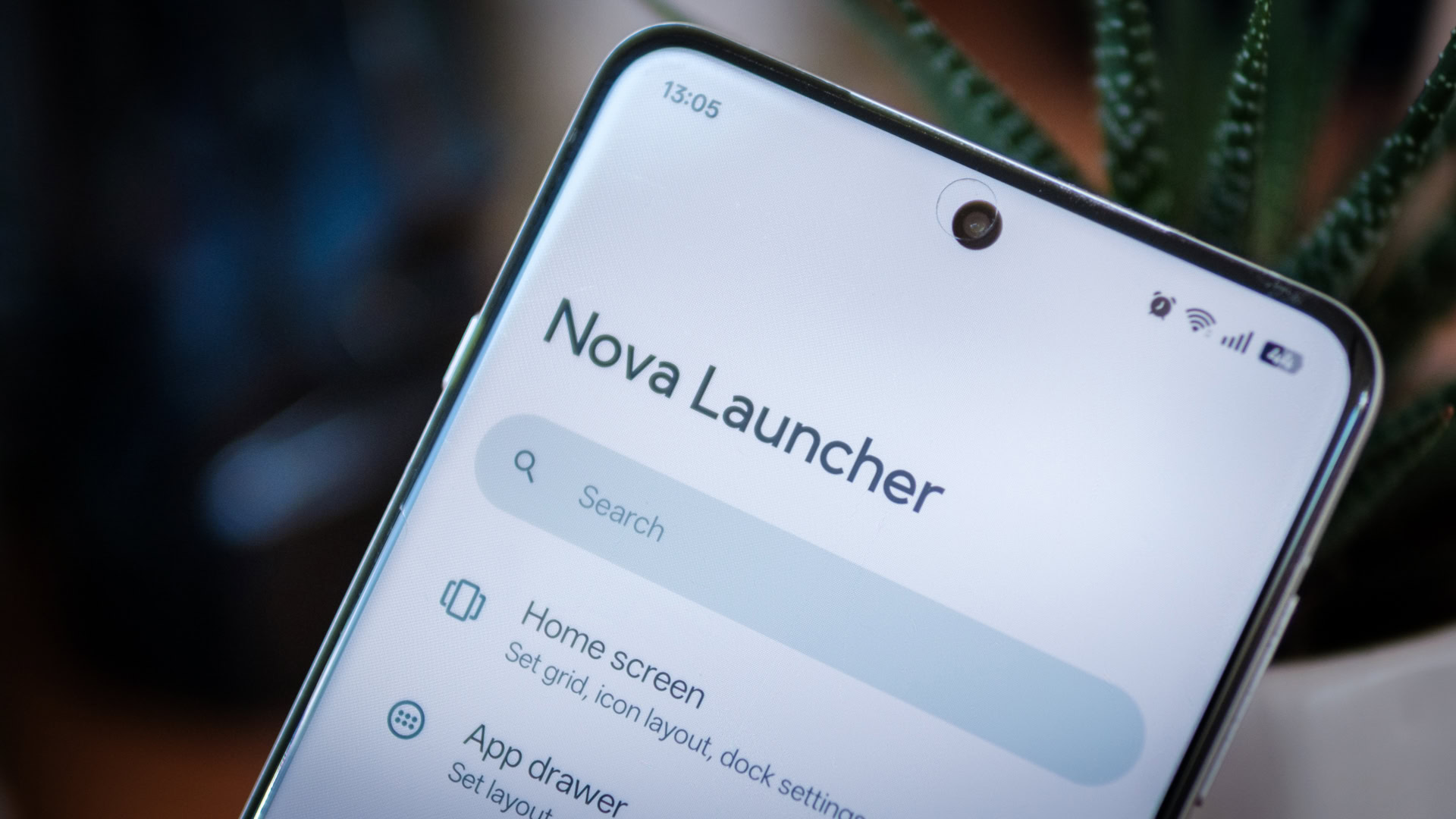LineageOS has just achieved something rare in the world of custom ROMs: it’s early. The team published LineageOS 23.0the first version based on Android 16, exceeding many expectations. Developers say they were able to rebase their work faster than expected thanks to lessons learned during Android’s UI-heavy eras in versions 12 through 14. But before Google Pixel fans start looking for download links, there’s one difference: LineageOS 23 is the first major release where most Pixel phones aren’t part of the day one party.
Yes, Google has quietly made changes that make Pixels harder to support, and the impact is already there.
Only 3 pixels were retained at launch
In previous years, Pixel devices were virtually guaranteed a place at the LineageOS launch table from day one. This tradition came to a quiet end. Only the Google Pixel 4a 5G, Pixel 5, and Pixel 5a are confirmed in the initial LineageOS 23 rollout. All other Pixel models are in a gray area described as “a work in progress,” but for the first time, there is no guarantee that support will ever materialize. And it’s not for lack of interest from developers. That’s because Google has fundamentally changed the rules.
So what has changed? Google did it
The LineageOS team made it pretty clear in their announcement: Google has made it more difficult for custom ROM developers to work with Pixel devices.
Here’s how to do it:
1. Pixel source code is now locked
One of the biggest changes is how Google now handles Pixel kernel source. Instead of releasing full kernel repositories with history, HALs, configurations, and device trees, the company now provides lightweight kernel tarballs on demand. They contain only a partial source and no device-specific material. This means that devices that were once the easiest starting point for ROM maintainers are now no simpler to support than phones from Xiaomi, OnePlus, or Samsung. This makes things “harder, not impossible”, but the implications are clear: without the intervention of community-run projects like CalyxOS to fill in some of the gaps, Pixels wouldn’t be on the agenda at all.
2. The QPR source no longer reaches the AOSP
Google also disrupted the quarterly and monthly update rhythm that custom ROM developers have relied on for years. LineageOS 23 is built on what the team calls “QPR0”, the initial version of Android 16, because even though QPR1 already works on Pixel devices, its source has not been pushed to AOSP. Google said the code would be available “in the coming weeks,” but only contracted partners currently have access to it. No custom ROM, including LineageOS, will get this privilege anytime soon.
3. Security patches slip behind closed doors
Security patches have become another headache. The Android Security Bulletin (ASB) system has moved away from the constant monthly cadence that developers were accustomed to. For example, July 2025 shipped without any public fixes. August only offered one update. September acknowledged several vulnerabilities but did not release full patches and these were shared privately with embargoed OEM partners. As a result, LineageOS can no longer merge or immediately attest new patch levels until the underlying code is publicly available. This is why the LineageOS 22.2 security patch level was stuck in August longer than usual and, unfortunately, this is now the norm going forward.
Despite these challenges, the LineageOS team chose not to delay version 23.0 indefinitely while waiting for Google to release the rest of the QPR1 code. They have merged ASB patches available until August 2025 and will rebase later once the source is accessible. Some Android 16 features, like Material 3 Expressive, are missing for now but will arrive when AOSP finally catches up.
Google Pixels have become more complex to use
All this turbulence has consequences for Pixel owners, especially those using newer models. The team openly states that Pixel devices no longer get day one support, or any support at all, for future releases like LineageOS 23 or Android 17. It’s not because the maintainers are giving up. That’s because Google has made Pixels much more complex to use than before. Device commissioning now relies on access, reverse engineering, or external contributions rather than upstream sources.
However, the developers of LineageOS do not seem defeatist. They highlight ongoing community tools that will make it easier to integrate future devices, noting that maintaining Pixel phones is not impossible; it just takes more time, collaboration, and perseverance than before.
For now, if you own a Google Pixel 4a 5G, Pixel 5, or Pixel 5a, you’re one of the lucky few with a clear path to LineageOS 23. If you’re using something newer, hope depends on how the community adapts to Google’s new approach to distributing sources, kernels, and patches.
So yes, LineageOS may have arrived earlier this year, but for Pixel fans, the wait may have just begun.










